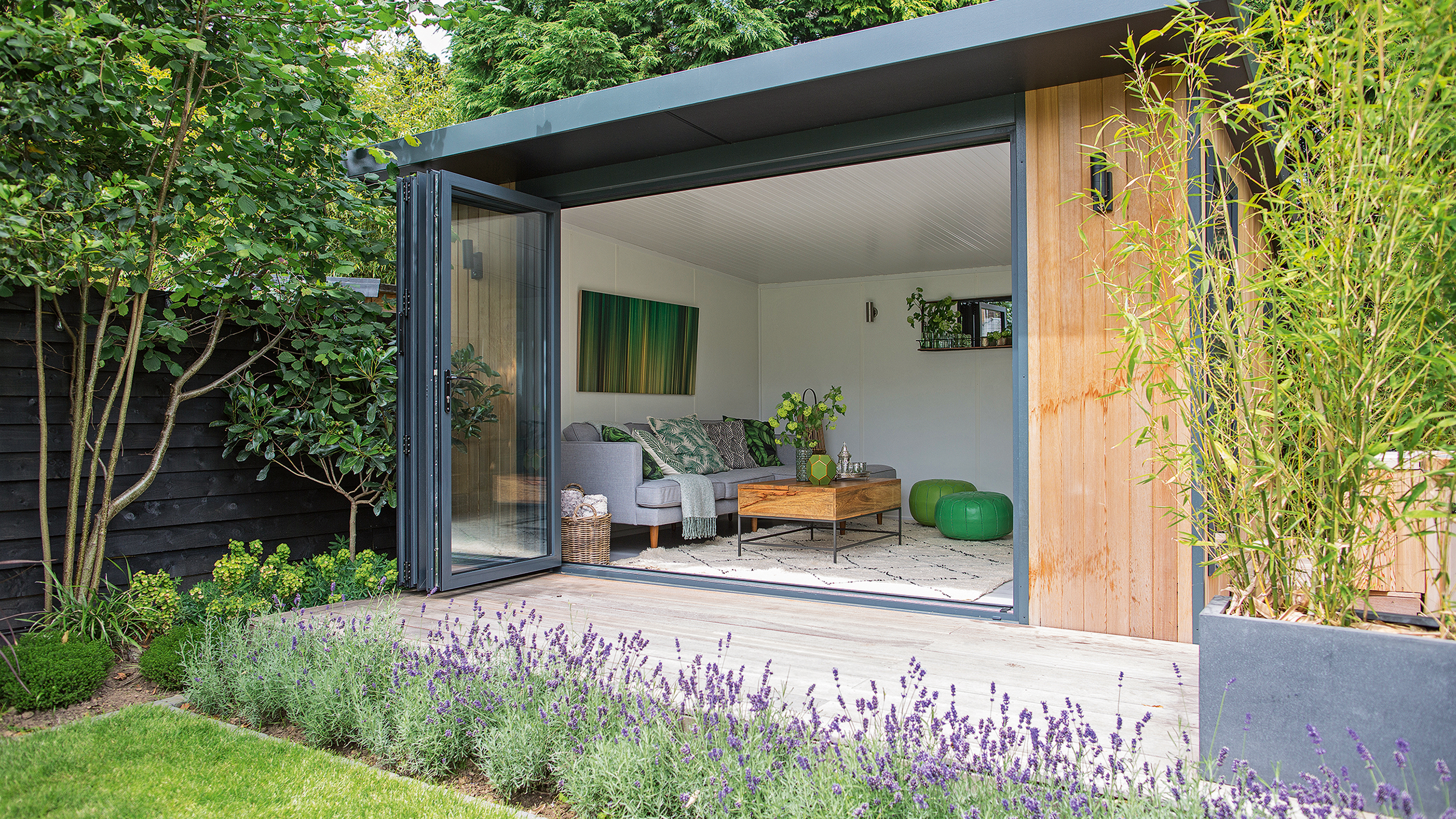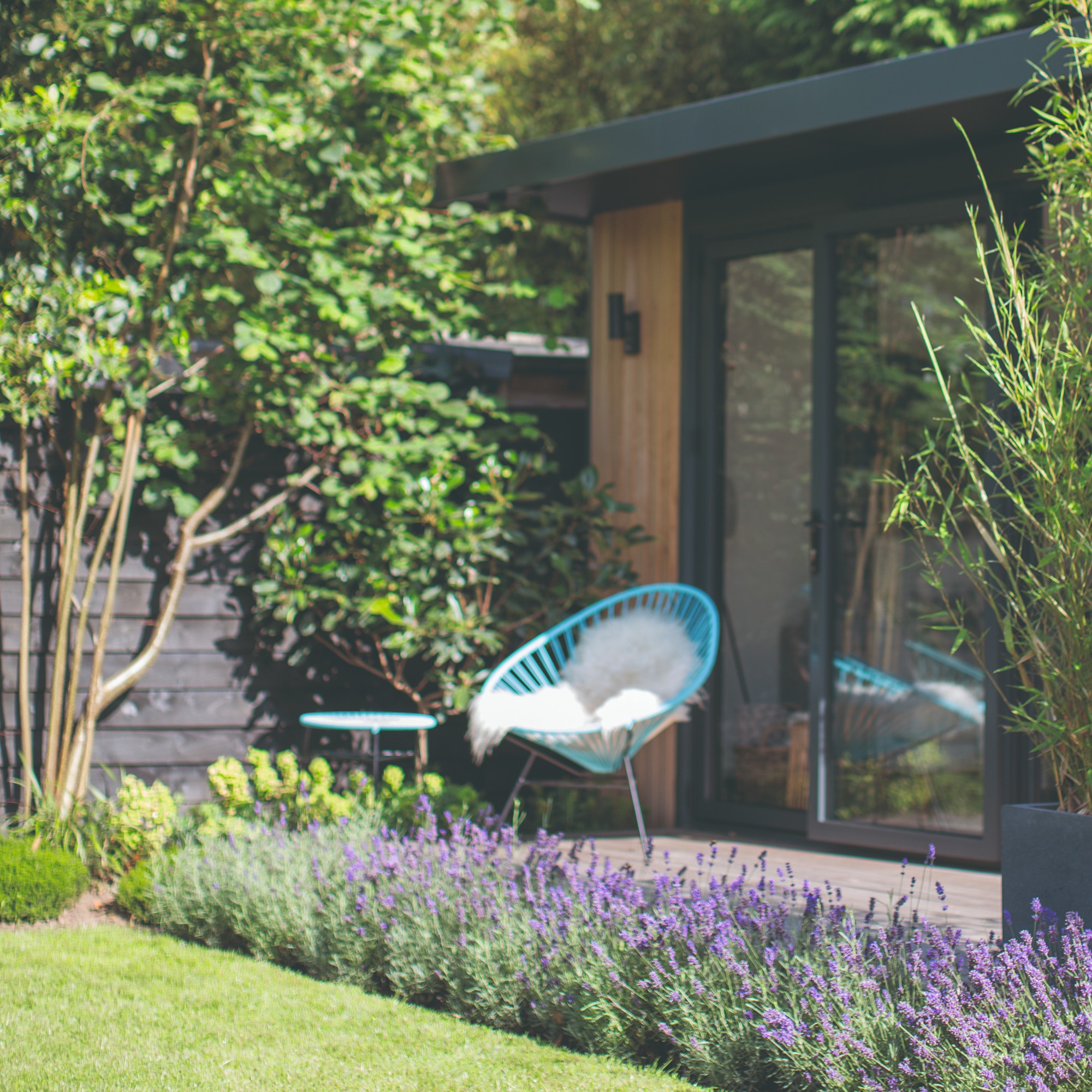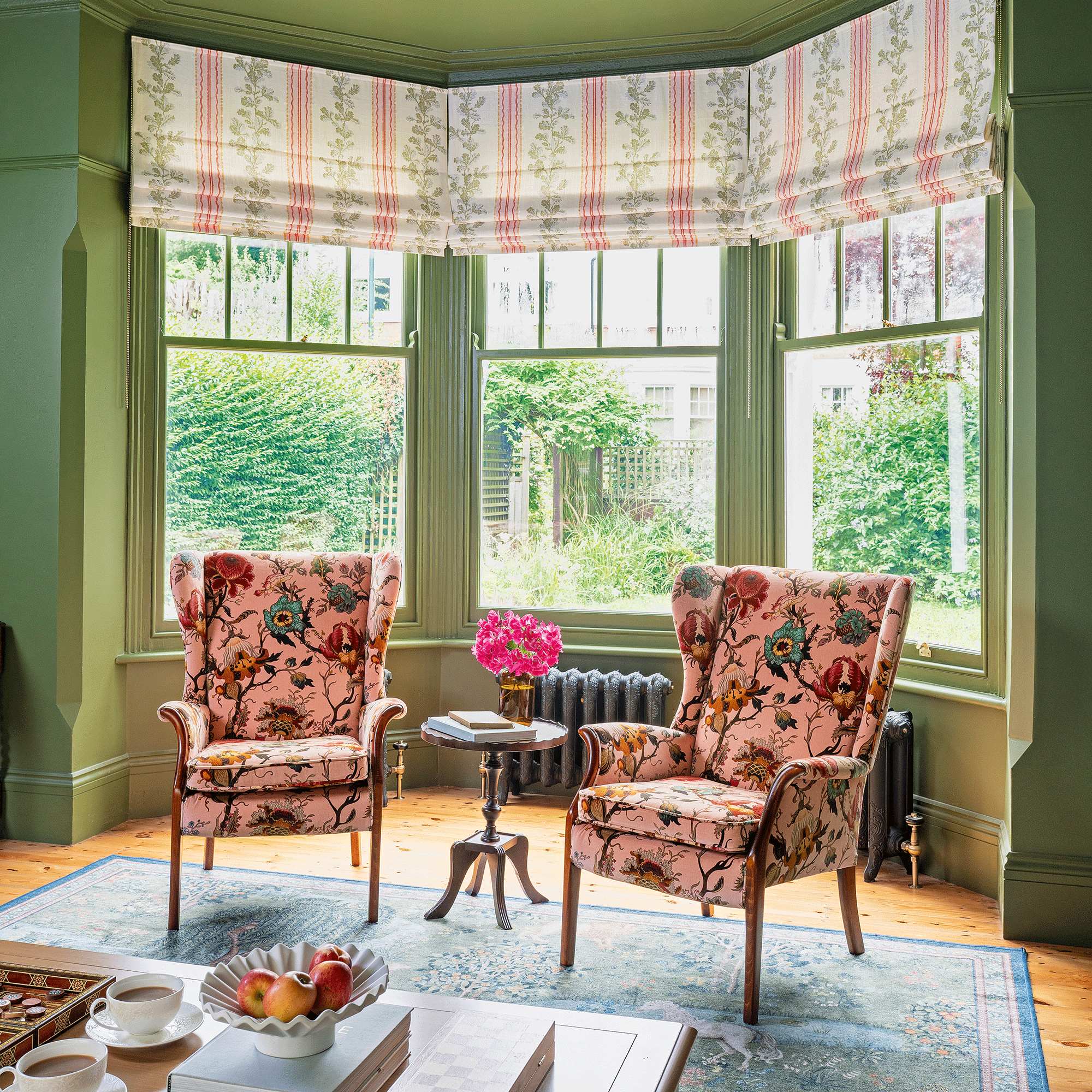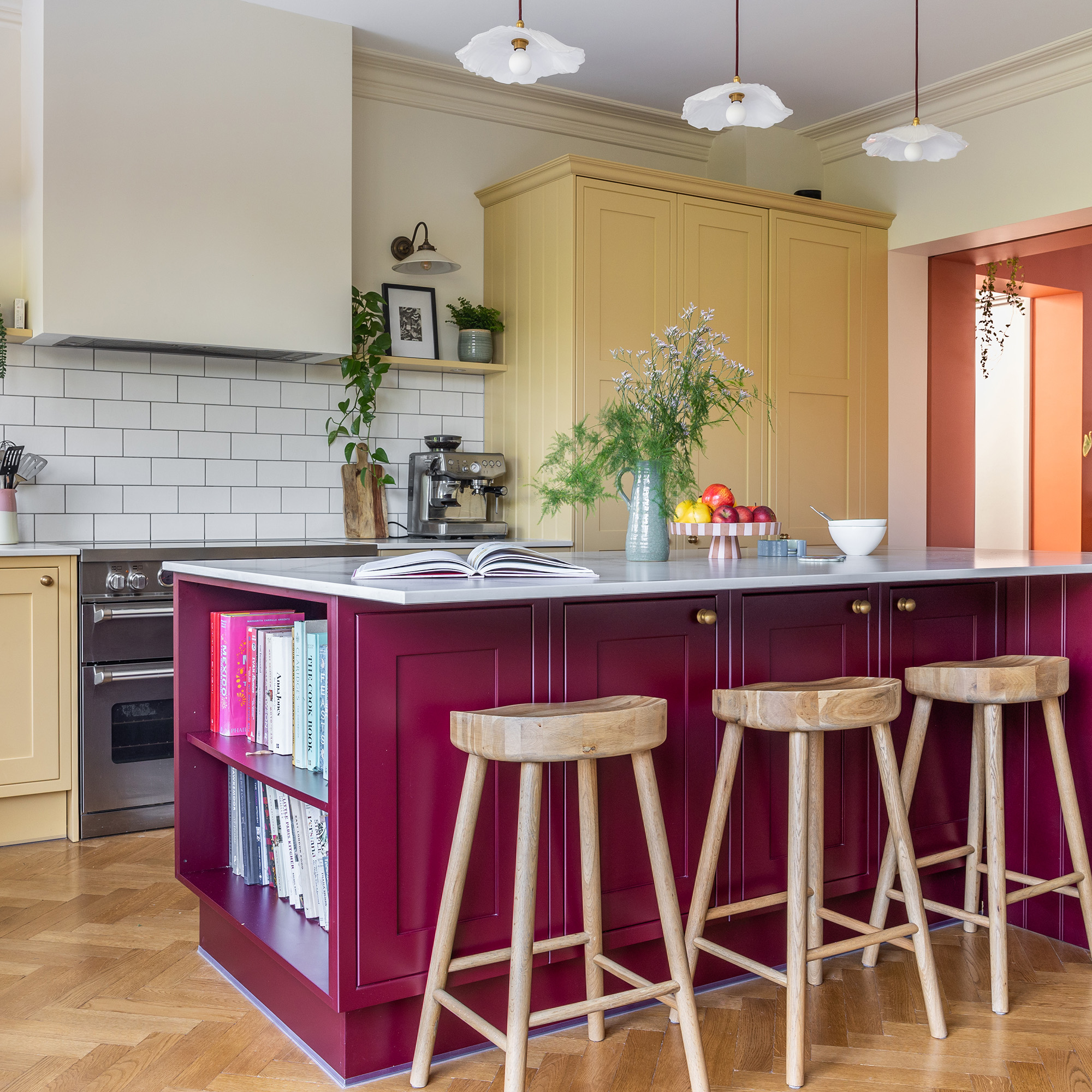Is your garden room breaking the law without you realising it? Experts explain how to tell and what to do if it is
Your garden room might give you an ideal bit of extra space, but is it falling foul of rules and regulations?


Adding a garden room is on the wish list of many homeowners. And if you've got one, you might be making the most of it, but could it actually be breaking the law?
At the start of the process, it's all too easy to get caught up in looking for garden room ideas that will give you your ideal space. Then you might be focused on garden room costs, choosing the right supplier or swatting up on how to build the structure yourself. You might also be factoring in how to add electricity to the new room and scoping out the best spot for it to be located.
But with all that excitement and the logistics of adding a garden room, you may have overlooked the complex details around whether your new structure needs planning permission or not. And that means your garden room may be flouting the rules and you may be unaware.
We spoke to multiple garden room experts to find out how you can tell, who is responsible and what you can do about it after it's been built.
Is your garden room breaking the law?

Whether you need planning permission for a garden room or not will depend on a few different factors, including how big your garden room is, what you use it for, and where you live.
Reminder
While we mention some key criteria in this article, planning rules are complex and depend on multiple factors. Make sure you always check with your local planning authority before starting work to see if you need to submit a planning application or not.
Usually, adding a garden room can fall under the scope of Permitted Development, providing it meets specific criteria. This means you have implied consent from the local planning department and won't need to submit a planning application. Luke Dejahang, Garden Room Expert and CEO of Crown Pavilions, explains: 'In most cases, you don't need planning permission for a garden room if it adheres to permitted development regulations. These regulations include restrictions on height (under 2.5m if within 2m of a boundary), usage (not for overnight accommodation), and location (not in front of the principal elevation of the house).'
'Plus, it can’t take up more than half of the land around the house,' adds Jenny Davis, Head of Marketing for Forest Garden. If your garden room falls outside of these criteria, and you don't have planning permission, then the structure could be against the law.
Get the Ideal Home Newsletter
Sign up to our newsletter for style and decor inspiration, house makeovers, project advice and more.

Jenny goes on to say: 'There are also further restrictions if the property is within a conservation area or area of outstanding natural beauty.' In these areas Permitted Development rights may be restricted or removed completely, which means you will need to apply for planning permission for your garden room, even if you wouldn't need to if you lived elsewhere in the country.
'Other exceptions where homeowners may need planning permission are if they wanted to use the building independently to the main home, such as for commercial purposes including running your own business or as a self-contained property.'
If you live in one of these designated zones or use your garden room for running your own business or as a separate dwelling, and don't have planning permission, then you could also be in breach of planning laws.
What happens if your garden room is breaking the law?

If it turns out that your garden room does flout the planning rules, then you may have to tear it down and could even face a fine, as Becky Harper, Planning Team Leader at Green Retreats explains. 'If you don't obtain planning permission for a garden room when it's required, several consequences could arise including enforcement action by the local planning authority to remove the garden room or even fines.
'To avoid these issues, it's essential to confirm whether your garden room requires planning permission before starting construction and to comply with the rules. In many cases, structures within permitted development rights don't need permission, but it’s always best to check with your local authority or a planning consultant.'

If you didn't check and it turns out you should have submitted a planning application, then you could try and apply for retrospective planning permission instead. Alicia Harman , Planning Advisor for Vale Garden Houses, explains: 'Building without planning permission is classed as a planning breach and may result in you receiving a breach of planning notice from your local authority. In the event of such, you will need to submit a retrospective application. If successful, no further action will be taken.
'However, if the retrospective application fails, or should you have undertaken a development that was previously refused planning permission, your local authority may issue an enforcement notice requiring you to remedy the breach of planning, in some cases requiring you to remove the structure altogether.'
Who is responsible for getting planning permission for a garden room?
If you are a skilled DIYer, you might choose to build a garden room yourself, in which case securing planning permission for the new structure (if you need it) will be solely down to you, and you will need to check the rules carefully.
However, if you opt for a garden room from a supplier, they may be able to handle the application process for you. Becky explains: 'We have a dedicated planning department, so if you do need planning permission we can apply and handle the whole process for you. We will provide the planning authority with all needed information, including CAD drawings, saving you time and hassle.
'Customers also have the option to apply for planning permission themselves through their local planning authority (LPA), either online or via the UK Planning Portal (if in the UK). This involves submitting forms, plans, and paying any necessary fees.'
Jenny adds: 'Homeowners who make changes to their property without following the rules, or committed a planning breach, may be forced to undo the work they have done.'
But even if the supplier submits plans on your behalf, it is ultimately the homeowner who is legally responsible for acquiring the necessary permissions. 'Failure to do so can result in consequences for the homeowner, not the provider,' concludes Becky.

Sarah Handley has been Ideal Home’s Section Editor for Renovation since September 2024, following three years of looking after the site's home finance content. She has been a journalist since 2007 and has worked for a range of titles including Homebuilding & Renovating, Real Homes, GoodtoKnow, The Money Edit and more.
-
 A strict colour palette and vintage finds have turned this semi-detached Edwardian house into an elegant family home
A strict colour palette and vintage finds have turned this semi-detached Edwardian house into an elegant family homeSticking to a three-colour palette of green, pink and yellow and mixing in plenty of vintage furniture and art has created an authentic period feel
By Stephanie Smith
-
 A top-to-bottom renovation has turned this Edwardian house into a lovely family home
A top-to-bottom renovation has turned this Edwardian house into a lovely family homeWith a few considered structural changes, this period house has been turned into a family home and has created a sanctuary for years to come
By Maxine Brady
-
 How to heat a conservatory
How to heat a conservatory7 practical options to consider for year-round comfort
By Amy Reeves